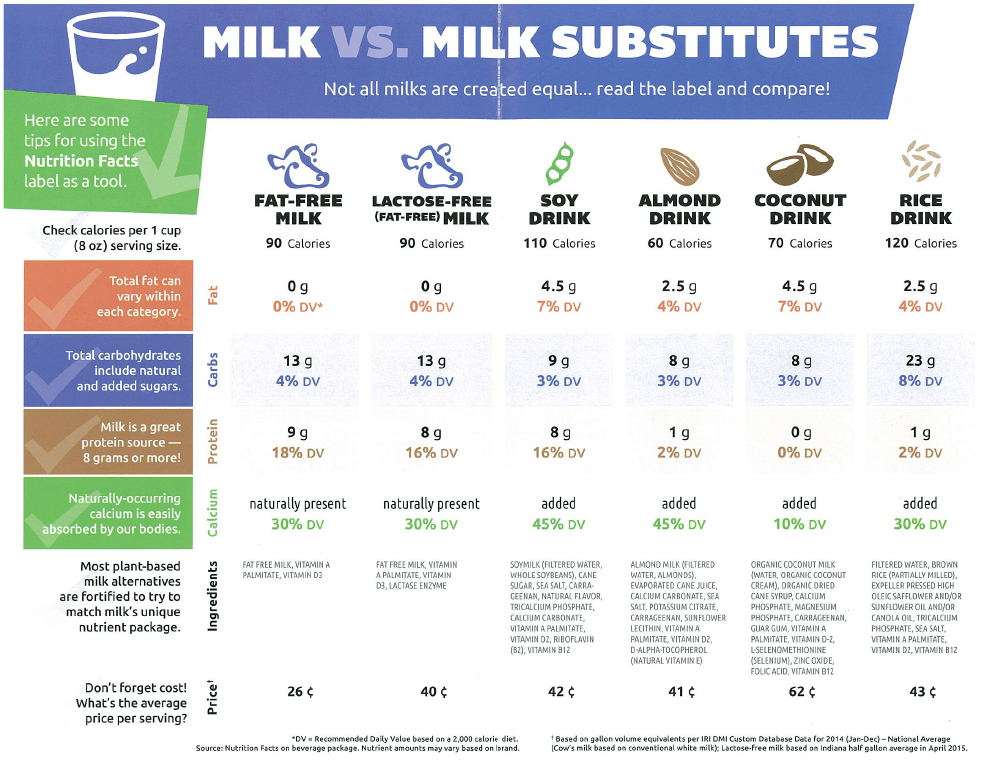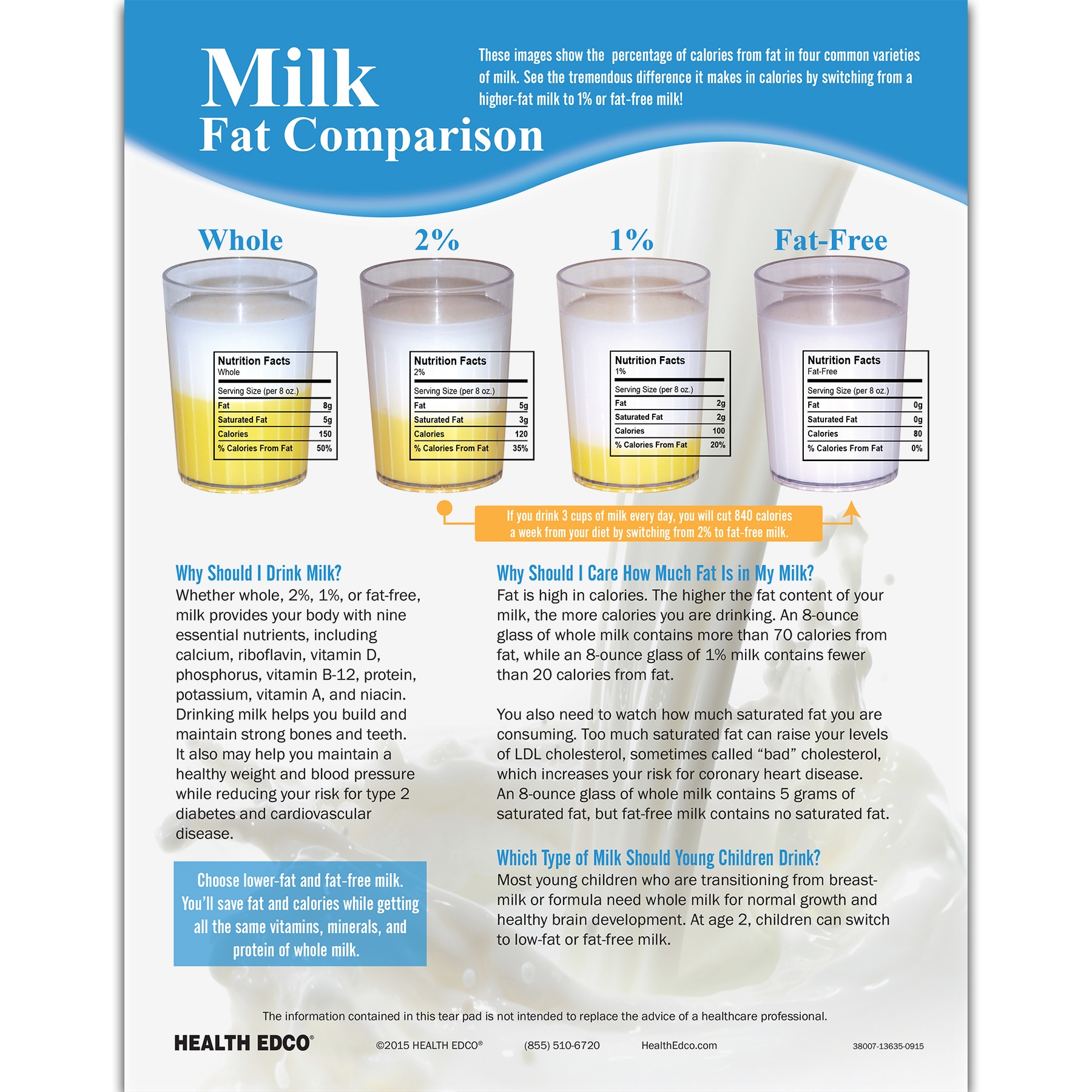

" Homogenized" milk (abbreviated to "homo" on labels and in speech) refers to milk which is 3.25% butterfat (or milk fat). In Canada "whole" milk refers to creamline (unhomogenized) milk. Canada Fat content by weightģ.25% milk or Whole milk or Homogenized milk or Homo milk Low-fat milk must contain less than 1.5% fat and skim or ‘fat-free’ milk has no more than 0.15% fat. While regular or whole milk has an average of 3.5% fat, reduced-fat milks have at least 25% less fat than regular milk. The terminology for different types of milk, and the regulations regarding labelling, varies by country and region. Improvements to the Babcock test have continued. Standard specifications for the Babcock methodology and equipment were published as a result of this meeting. Bureau of Standards and manufacturers of glassware. In 1911, the American Dairy Science Association's Committee on Official Methods of Testing Milk and Cream for Butterfat met in Washington DC with the U.S. Before the Babcock test was created, dishonest milk dealers could adulterate milk to falsely indicate a higher fat content.

Milk's fat content can be determined by experimental means, such as the Babcock test or Gerber method. For example, scientists in New Zealand have bred cows that produce milk with less than 1% fat content. It varies by breed, and by diet, and can also be altered by selective breeding and genetic modification. The fat content of the raw milk produced by cows ranges from about 3.3% up to 5%. To make lowfat milk, one can simply mix skim and whole milk in a fixed ratio. Today, most skim milk is created by spinning whole milk in a centrifuge so that the fat droplets separate out. This is because it boosted levels of HDL cholesterol in the bloodstream. Researchers at the University of Copenhagen, in Denmark, found that drinking full-fat milk may actually be better for your heart than drinking skimmed milk.

The conclusion was that the whole milk drinkers were more likely to choose foods that were less micronutrient-dense, which resulted in their less healthful diets. Department of Agriculture showed that consumers of reduced or low fat milk had greater intake of vitamins, minerals, and dietary fiber compared to the group of whole milk drinkers, yet zinc, vitamin E, and calcium were all under consumed in each group. Nutrition intake between whole milk drinkers and skimmed or low fat drinkers is different. They also found that the lower milk fat drinkers also ate more fruits and vegetables, while the higher milk fat drinkers also ate more meat and sweets.

The fat content of milk is usually stated on the container, and the color of the label or milk bottle top varied to enable quick recognition.įat has more nutritional energy per cup, but researchers found that in general low fat milk drinkers do absorb less fat, and will compensate for the energy deficit by eating more carbohydrates. The fat content, particularly of cow's milk, is modified to make a variety of products. The fat content of milk is the proportion of milk, by weight, : 266 Chart of milk products and production relationships, including milk


 0 kommentar(er)
0 kommentar(er)
